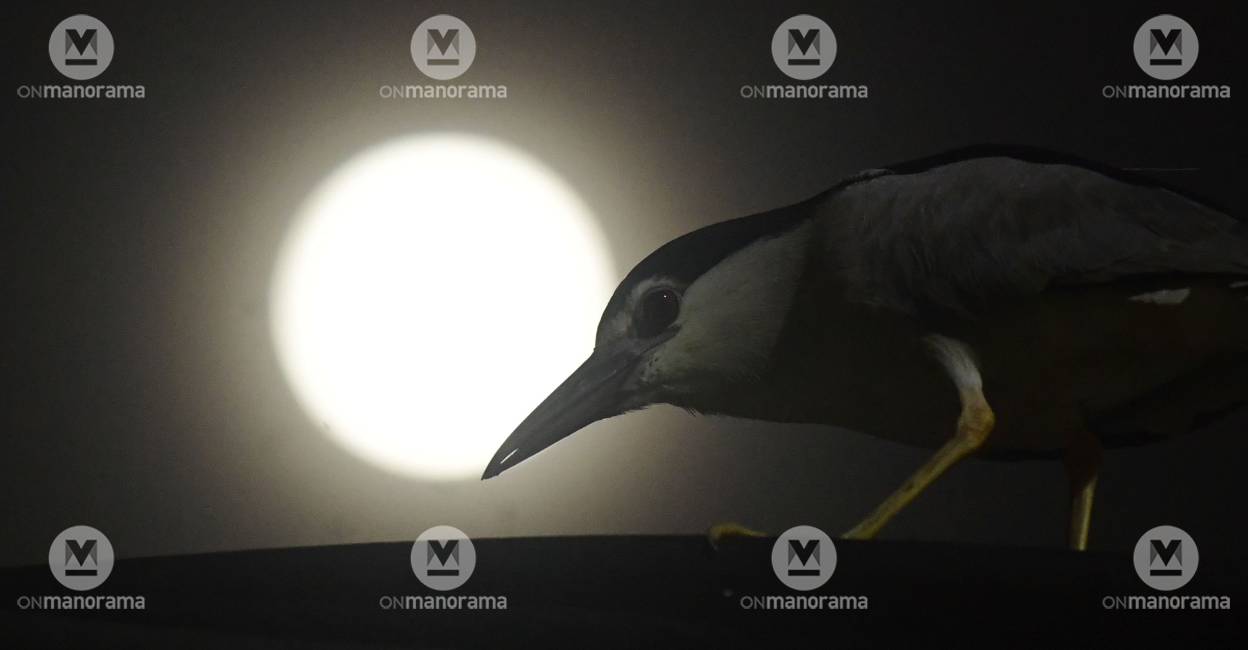The latest astronomical studies show that 2032 is going to be a miraculous year for the Moon and Meteor science. For the first time in recorded human history, we might get a direct meteor shower on Earth from our very own Moon.
Usually, meteor showers on Earth are caused by dust particles or small chunks of rocks ejected from comets orbiting the sun. This time it is going to be a totally different story. There is a chance that an asteroid may collide with our Moon and this would create some particles from the Moon to reach the Earth. Those lunar particles (or lunar ejecta) will burn up in Earth’s atmosphere due to friction and create bright streaks of light and shooting stars in our sky.
This will likely make 2032 a very special year for our Earth, Moon and Meteor Science. The asteroid 2024 YR4 has been a cause of constant worry for astronomers.
At first, orbital simulations showed that this asteroid has a small chance of hitting the Earth. Luckily, the latest observations show that it will miss our Earth for sure, but has about a 4 per cent chance of hitting our Moon.
When this object was first discovered at the end of December 2024, it looked as if it might hit Earth on December 22, 2032. It is the riskiest asteroid ever observed so far.
With more precise observations and detailed orbital simulations, astronomers were able to rule out this asteroid-Earth impact for the time being.
Present studies clearly show there is a likely impact possible for the Moon, although this asteroid will miss the Earth. If it hits the Moon in 2032, it will be a once-in-a-lifetime event for the whole of humanity to witness.
It is not going to destroy our Moon entirely. It will create some extra craters on multiple sites of the lunar surface.
This asteroid is about 60 metres in diameter as per the latest observations from the James Webb Space Telescope (JWST), the largest space telescope in history.
It is a city-killer asteroid if it hits the Earth. Hundreds of Hiroshima bomb blast energy is expected. Luckily, we do not have to worry about that for the time being.
Space rocks that are larger than 10km can be potential planet-killers. Outer space objects that are 1km or above can destroy a whole civilisation. For example, the dinosaur extinction, which occurred 66 million years ago, was caused by an asteroid approximately 10km in size.
Astronomers have a reasonably good database of all such asteroids. They are constantly tracked. We are reasonably safe from such massive threats in the near future.
This asteroidal collision with the Moon will create a bright flash on the Moon, which will be visible for many seconds to the naked human eye in 2032.
This asteroid-lunar collision would create an impact crater of 1 km in diameter on the Moon. Roughly the same size as Barringer Meteor Crater in the Arizona desert in the USA.
This will be the largest impact on the Moon in the last 5,000 years. This impact would release 100 million kg of lunar rocks and dust to space.
A small fraction of that dust will reach our Earth as well. That is how these lunar meteors will happen on Earth for the first time in our modern human history. This study has been led by meteor and orbital dynamics expert Prof Paul Wiegert at University of Western Ontario, Canada. The results have been accepted and published by the American Astronomical Society journals.
The lunar ejecta could reach Earth in a few days, and every shooting star you see at that time could be pure moon stuff. It will be a lunar meteor storm for the first time in our lifetime.
Spacecraft, satellites and astronauts in orbits need to be extra careful at this time due to such lunar ejecta. Space agencies worldwide will aim to avoid lunar missions and rover activities during the time span of these impacts.
Soft landing on the Moon by our ISRO Chandrayaan Mission propelled our country into the elite super space power league. Hence, the Moon has always had a special place in our hearts.
There will be some beautiful shooting stars from our very own Moon in 2032. In a way, Earthlings need to be thankful to the Moon for taking this impact on our behalf. Otherwise, it would have been a deadly game for many humans on our Earth.
On this National Space Day, commemorating our successful Chandrayaan landing, it is a good thing to know that sometimes our Moon comes to our rescue when killer asteroids come close to us!
(Prof Aswin Sekhar is an Indian astrophysicist and a member of the leadership committee of International Astronomical Union Commission in Meteor Science)
